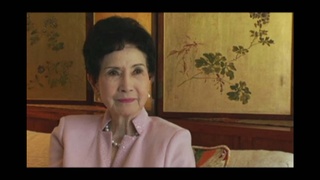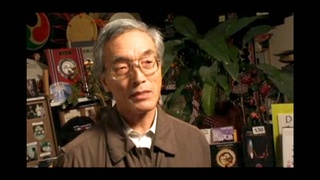Interviews
Wanting to serve authentic nigiri sushi in America (Japanese)
(Japanese) I’d slept on the second floor of a sushi restaurant since I was a child, and I was told to start working from the moment I got up there, they taught me such things, and the things that my master taught me while yelling at me at the same time, those things have become a treasure of mine, so I can’t just replace it with a new one. Even if they say that what I’ve learned is “old,” I have to preserve it and I want to preserve it. I want to preserve and pass on the tradition. I want to keep making the sushi with that belief.
We see a variety of trends now, but these days, well, how should I say this, it’s been divided into two: the authentic nigiri (hand-formed) sushi and the arranged one. They might not even need nigiri - sushi roll shops might be good enough – since Japanese food or sushi has already gained its position in our society, I do my business in the old way as it has been from the old times, in a Japanese town. People often tell me I’m a strange one, running a sushi restaurant without serving this and that, but I explain to them this is our way.
Date: April 16, 2016
Location: California, US
Interviewer: Mistue Watanabe
Contributed by: Watase Media Arts Center, Japanese American National Museum
Explore More Videos

Symbolic New Year’s foods prepared from scratch
(1925 - 2018) Nisei educator from Hawai‘i

Learning American cooking
(b.1909) Nisei from Washington. Incarcerated at Tule Lake and Minidoka during WWII. Resettled in Chicago after WWII

The performing arts not for Nisei
Senshin Buddhist Temple minister and co-founder of Kinnara Taiko.

Food growing up
(b.1948) Nikkei from Southern California living in Japan.

Understanding Sansei taiko (Japanese)
(b.1943) Shin-issei grand master of taiko; founded San Francisco Taiko Dojo in 1968.

Rediscovery of Japanese culture through taiko (Japanese)
Shishimai (Lion dance) and Taiko player with San Francisco Taiko Dojo.

Japanese American community life
(b. 1939) Japanese American painter, printmaker & professor

Starting over after the war: denial of all things Japanese
(b. 1923) Nisei from Washington. Resisted draft during WWII.

The Japanese society reacts to Nikkei living in Japan (Japanese)
Tsuda College President, researcher of Nikkei history

Easier to be a foreigner in Japan (Spanish)
(b. 1969) Former president of Centro Nikkei Argentino.

Little contact with Asians growing up on the east coast
Japanese American Creative designer living in Japan

The various realities of Nikkei in Latin America (Spanish)
(b. 1950) Nisei Chilean, Businessman


Growing up with Japanese language and values
(1925 - 2018) Nisei educator from Hawai‘i

